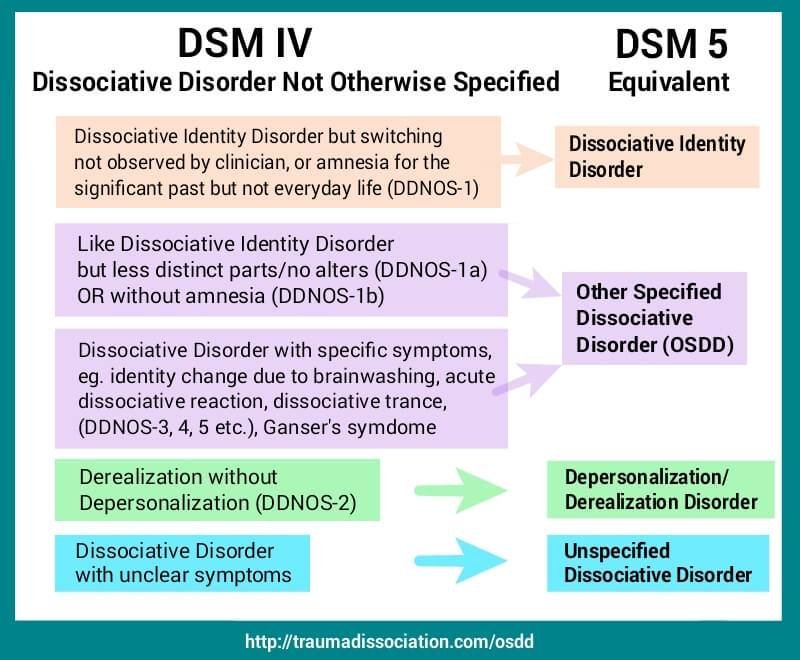Unlocking the secrets to successful marketing is like navigating a hidden labyrinth, where mere exposure isn’t enough to capture a customer’s heart. Surrounded by an array of choices, it takes a stroke of genius for brands to master the art of conversion. Enter the enigmatic marketing funnel—a multidimensional vortex that guides us through the myriad stages of a customer’s journey. This enticing puzzle drives marketers to unravel its mysteries, seeking to decode the elusive patterns that lead to conversion. So, join us on this captivating exploration as we delve into the enchanting world of the marketing funnel, and uncover the magic behind its powers of persuasion. Let’s embark on this intriguing adventure to understand what it truly means to decipher the language of the marketing funnel—and discover how it can transform your brand’s fate. After all, in this realm of marketing, curiosity is the key that unlocks the door to success. So, let us unlock it together, and demystify the captivating art of conversion. 

The art of conversion is a fascinating and intricate process that every marketer strives to master. To truly decode the marketing funnel and understand its intricacies, one must delve deep into the psychology behind it. The marketing funnel serves as a roadmap to conversion success, guiding customers through various stages that ultimately lead to a purchase decision.rn rnrnAt the top of the funnel, awareness is the key objective. This is where potential customers first discover your brand and its offerings. Understanding the target audience and their pain points is crucial in crafting compelling messaging that captures their attention. By utilizing strategic tactics such as content marketing, social media engagement, and search engine optimization, you can nurture leads and guide them further down the funnel.rn
rnrnAt the top of the funnel, awareness is the key objective. This is where potential customers first discover your brand and its offerings. Understanding the target audience and their pain points is crucial in crafting compelling messaging that captures their attention. By utilizing strategic tactics such as content marketing, social media engagement, and search engine optimization, you can nurture leads and guide them further down the funnel.rn rnrnMoving down the funnel, the focus shifts to nurturing these leads and building a relationship based on trust and credibility. Providing valuable content that addresses their specific needs is essential. This can include blog posts, whitepapers, case studies, and webinars. By offering solutions, you establish yourself as an authority in your industry, solidifying the relationship with your leads. Analyzing key metrics and making data-driven decisions is also fundamental for optimal conversion. Keeping a close eye on conversion rates, click-through rates, and bounce rates allows you to fine-tune your strategies and make necessary adjustments to drive higher conversions. With a solid understanding of the marketing funnel and the psychology behind it, you can unlock the key to conversion success.
rnrnMoving down the funnel, the focus shifts to nurturing these leads and building a relationship based on trust and credibility. Providing valuable content that addresses their specific needs is essential. This can include blog posts, whitepapers, case studies, and webinars. By offering solutions, you establish yourself as an authority in your industry, solidifying the relationship with your leads. Analyzing key metrics and making data-driven decisions is also fundamental for optimal conversion. Keeping a close eye on conversion rates, click-through rates, and bounce rates allows you to fine-tune your strategies and make necessary adjustments to drive higher conversions. With a solid understanding of the marketing funnel and the psychology behind it, you can unlock the key to conversion success.
Q&A
Q: What is the marketing funnel and why is it important in the world of sales and marketing?
A: The marketing funnel is a hypothetical framework that helps businesses understand and analyze customer behavior throughout their buying journey. It takes them from initial awareness to a final purchase decision. This concept is crucial for sales and marketing professionals as it allows them to tailor their strategies to meet consumer needs at each stage of the funnel.
Q: How does the marketing funnel work?
A: The marketing funnel can be thought of as a visual representation of the customer’s journey towards making a purchase. It typically consists of four stages: awareness, interest, consideration, and conversion. At each stage, businesses aim to attract, engage, nurture, and eventually convert potential customers into paying customers.
Q: What does the awareness stage of the marketing funnel entail?
A: During the awareness stage, businesses aim to generate interest and attract potential customers to their brand, product, or service. This is the stage where strong branding, targeted advertising, and public relations efforts play a vital role in captivating the audience’s attention and making them aware of the company’s offerings.
Q: How does the interest stage of the marketing funnel proceed?
A: Once customers are aware of a business, they enter the interest stage. In this phase, companies strive to provide valuable information, engage customers through content marketing, and establish themselves as credible sources. This helps to pique the curiosity of potential customers and convinces them to explore the brand further.
Q: What happens during the consideration stage of the marketing funnel?
A: The consideration stage is the point where potential customers begin to evaluate different options and compare them against each other. Companies must provide compelling arguments, testimonials, case studies, and interactive experiences that highlight the unique benefits of their products or services. This is the pivotal moment when customers shape their preferences and narrow down their choices.
Q: What is the final stage of the marketing funnel, and how is conversion achieved?
A: The final stage of the marketing funnel is conversion, where potential customers make the decision to purchase. At this point, businesses need to facilitate an effortless buying process, address any remaining concerns or objections, and provide seamless customer support. Effective calls to action, exclusive offers, and personalized follow-ups can significantly increase the chances of conversion.
Q: How can businesses optimize their marketing strategies based on the marketing funnel?
A: Understanding the marketing funnel empowers businesses to tailor their strategies at each stage. By analyzing data, monitoring customer behavior, and fine-tuning their messaging, companies can identify areas of improvement and make informed decisions about optimizing their marketing efforts. This ensures a more efficient allocation of resources and increased chances of capturing leads and driving conversions.
Q: Is the marketing funnel a linear process, or can customers loop back to earlier stages?
A: The marketing funnel is not always a linear process. Customers can loop back to earlier stages or jump forward, depending on their unique journey. It is essential for businesses to create omni-channel strategies that cater to customers’ needs, regardless of where they are in the funnel. By adapting to their behavior, companies can maximize their chances of converting customers at any point in the journey.
Remember, decoding the marketing funnel is a continuous process that requires constant adaptation and innovation. By continually refining their strategies and keeping a keen eye on customer behavior, businesses can forge a path towards sustainable growth and success. As we reach the end of this transformative journey through the art of conversion and the intricacies of the marketing funnel, one cannot help but marvel at the boundless possibilities that lie ahead. We have embarked on a grand expedition, deciphering the ancient codes that have guided marketers for generations, and emerging with a newfound understanding of the delicate dance between consumers and brands.
Throughout this exploration, we have delved into the depths of awareness, gently nudging curious souls towards the first step of the marketing funnel. Through the power of compelling content and captivating storytelling, we have witnessed the birth of intrigue and witnessed it blossom into an unquenchable thirst for more.
Moving seamlessly from awareness to consideration, we have witnessed the delicate balancing act between research and emotion, as consumers weigh the pros and cons of the labyrinthine choices before them. Here, the brands that thrive are the ones that master the art of engagement, forging deep connections with their audience and standing out amidst the sea of options.
Oh, the wondrous depth of desire! We have witnessed its intoxicating spell, as consumers fall irrevocably in love with the idea of ownership. From the moment the spark of desire is ignited, it is the marketer’s duty to fan the flames, crafting a narrative so irresistible that hesitation becomes an unthinkable concept.
And finally, emerging triumphant from the underworld, we reach the pinnacle of decision – where the marketing gods bestow their favor on those who have earned it. The art of the close is a dance of persuasion, a harmonious symphony of trust-building and reassurance that transforms mere customers into devoted fans.
As we bid adieu to this enlightening expedition, let us not forget the profound impact it has had on our perception of marketing. The marketing funnel, once an enigma shrouded in mystery, has now been unveiled in all its glory. Its secrets beckon us to wield them wisely, to harness the power of conversion for the greater good.
Dear reader, armed with this newfound wisdom, go forth and conquer the marketing realm with elegance and poise. Remember, the art of conversion is not a mere tool, but an opportunity to create lasting relationships, to inspire, and to make a genuine difference in the lives of those we touch.
May your marketing funnel always overflow with success, and may your journey through the realms of conversion be filled with endless possibilities.

